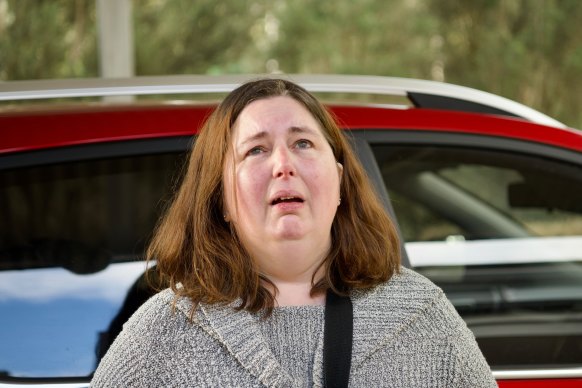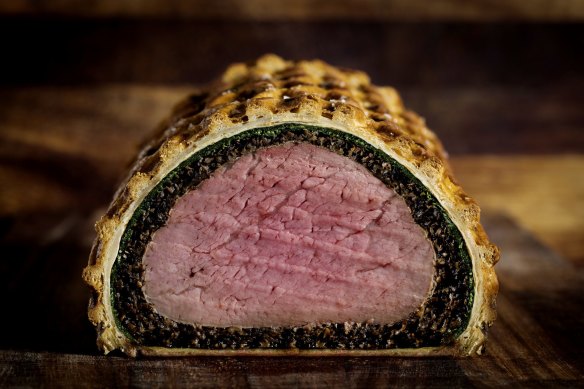- Analysis
- National
- Victoria
- Death cap case
The 12 deadly questions in the mushroom mystery
Erin Patterson, the woman at the centre of the mushroom poisoning mystery that has cost three lives and threatens another, has provided a written statement to homicide investigators.
She says she made a beef Wellington using dried mushrooms she bought months earlier from a Melbourne Asian grocer, but she can’t recall which one.

Erin Patterson cooked the beef Wellington.Credit: Marta Pascual Juanola
She says she mixed those mushrooms with fresh ones she bought at a Leongatha supermarket and served them in a beef Wellington she cooked for her former in-laws, Don and Gail Patterson, and Gail’s sister and brother-in-law Heather and Ian Wilkinson at a lunch at her Leongatha home on July 29.
Patterson says that she panicked when her lunch guests went to hospital and her ex-husband accused her of using her food dehydrator to poison them. That is why she dumped it at the local tip.
Patterson says she also fell ill, was taken to the local hospital, given a liver protecting drug and a drip, and sent to Monash hospital by ambulance. In the statement she says she fed her two children the same meal the following day, but scraped the mushrooms off because they didn’t like them.

Beef Wellington was served at the lunch.
Patterson admits she lied about the food dehydrator when first questioned by police, and regrets accepting initial legal advice to refuse to answer further questions. Detectives will now seek to re-interview her.
Police have made it clear this is not a murder probe, but an investigation into unexplained deaths. Patterson has repeatedly said she has done nothing wrong.
Here are 12 follow-up questions the homicide squad is likely to ask.
1. You don’t remember the name of the Asian grocer, but can you take us to the location?
2. If it was a commercially available product, why have there been no other cases of death cap poisoning?
3. Why use dried mushrooms?
Gordon Ramsay’s beef Wellington recipe calls for a wild mushroom paste to be used. This usually requires cooking all moisture out of the mushrooms, but dehydrated ones could be used. It would mean the actual fillet of beef may not have been compromised by poisoned juice.
4. How did you recover?
Patterson says she was given a liver protecting drug. There is no known cure for death cap mushroom poisoning and the fungi is one of the most toxic poisons on Earth.
5. Why did Patterson get a mild dose of illness?
Patterson is more than 20 years younger than her guests, which may make her more resilient.
6. The lunch was on July 29. The guests presented at hospital the following day with severe symptoms. You presented, but the medical staff chose not to admit you. Why?
7. When did you learn of the food poisoning and why were you confident your children would not become ill?
All of Patterson’s guests went to hospital with suspected food poisoning on July 30, with each couple presenting separately with symptoms so severe they were quickly transferred to Melbourne. On that evening, although the four guests who ate the beef Wellington were severely ill, Patterson says she gave her children leftovers from the same suspected poisoned meal.
8. Why were you well enough to go home and dispose of the dehydrator at a local tip before returning to hospital two days after the lunch, with symptoms sufficiently bad to require you to be transferred to Melbourne?
9. Did you make a sauce, or gravy with any of the mushrooms?
10. Why did you dispose of the dehydrator but keep the remains of the beef Wellington to be tested by the Health Department?
11. Were tests conducted on Erin Patterson in hospital that could shed light on the mystery?
12. When can we get forensic results?
The Victorian Institute of Forensic Medicine has about 200 different types of poisons on file. In this case, they will have to get a clinical sample to compare to pathology from the victims, which may take several weeks.
The Morning Edition newsletter is our guide to the day’s most important and interesting stories, analysis and insights. Sign up here.